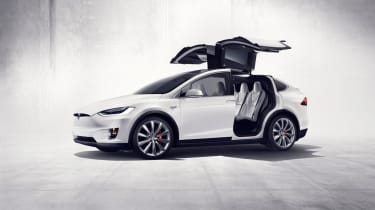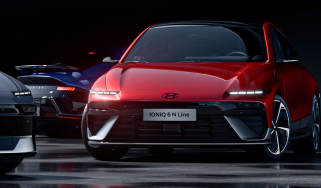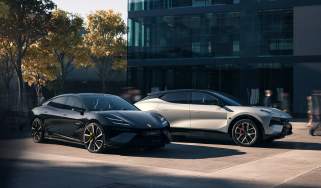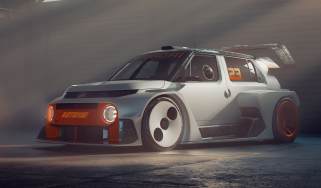Tesla's 'master plan' - solar, trucks, autonomy and more
The next few years of Tesla Motors are laid out - including solar power, public transport and even autonomous car sharing
Ten years ago, Elon Musk revealed his first ‘master plan’ for electric car startup company Tesla Motors.
Musk has now announced details of ‘master plan, part deux’, which shows how Tesla vehicles will fit into a more renewable and autonomous future – and one where Tesla doesn’t just provide personal transportation in the form of cars.
Tesla’s first master plan involved creating a low volume car, using money from that project to develop a medium-volume car at a lower price, and using proceeds from that to develop a more affordable, high-volume car.
The first of those cars was the Tesla Roadster. The second was the Tesla Model S, bolstered by the Model X. The third is Tesla’s Model 3, currently in the works. Additionally, Musk wanted to provide solar power – something he’s already doing with solar firm SolarCity, which was financed by Musk back in 2006.
‘Part Deux’
The second stage of Musk’s ‘master plan’ involves integrating solar energy generation and storage, expanding Tesla’s remit with commercial vehicles and public transportation, continuing to improve the firm’s autonomous vehicle capabilities, and allowing Tesla owners to make money off their autonomous cars by adding them to a self-driving fleet – a kind of autonomous Uber.
Solar
Tesla is already well on the way to accomplishing its solar generation and storage aims.
It essentially involves combining Tesla’s existing Powerwall home battery energy storage system with solar panels from SolarCity – and since Tesla recently announced its intentions to acquire SolarCity (and has created a vast battery factory in Nevada) the ball is already rolling.
Trucks, buses and more
As it stands, Tesla Motors offers two products with a third, the Model 3, due within the next few years.
Beyond this, Musk also intends to offer a compact SUV and ‘a new kind of pickup truck’, followed by a car to sit below the Model 3 for even lower cost.
But the company won’t stop there: Tesla also wants to build the machines that build its cars – with the aim of more efficient production. And there’s more, with Musk’s announcement that he sees a need for heavy-duty electric trucks and ‘high passenger-density urban transport’, which means buses, and autonomous ones at that. Tesla truck and bus concepts could actually be revealed next year.
Autonomy
Tesla already offers semi-autonomy in the form of its Autopilot system.
While this has made the news for all the wrong reasons in recent months, it’s undoubtedly a sophisticated setup and is theoretically improving by the day, thanks to fleet learning – data acquired from the 3 million miles per day driven by the tens of thousands of Teslas all around the world.
Musk already believes these autonomous capabilities are safer than the average driver and thinks they could be ten times safer than the average US vehicle in the years to come – at which point, the system will no longer be in ‘beta’.
Tesla-sharing
This will have to wait until such a point as full autonomy is approved by regulators, but Musk sees a future where you can add your Tesla to a car-sharing fleet at the press of a button on a Tesla app.
It could work a little like a fully autonomous Uber setup, where someone summons your car. It does the driving, you get a cut – helping reduce your cost of ownership. Tesla itself will also field a fleet of autonomous vehicles.
So will it work?
It’s hard to say. Tesla has always done things very differently to the average car company – it’s attracted flak from dealership groups in America for selling cars through Apple-like ‘stores’ rather than third-party dealerships, and the firm is very proactive when it comes to fixing issues with its vehicles, issuing recalls of its own accord rather than being forced to by automotive governing bodies.
Some parts of the master plan, such as the solar energy and storage goals, could be just around the corner – many of the pieces are already in place.
Others, such as launching further vehicles beyond the Model 3 and even breaking into the commercial vehicle market could take much more time – each of Tesla’s existing vehicles has been subject to delays beyond the company’s initial on-sale dates. Will we see a truck and a bus concept next year? Almost certainly. Will they be on the road any time soon? Probably not. And how will Tesla finance them?
There are hurdles to Tesla’s autonomous plans too, not least the long, bureaucratic process – multiplied by the number of countries passing legislation – that will precede any announcement on the legality of fully autonomous vehicles.









